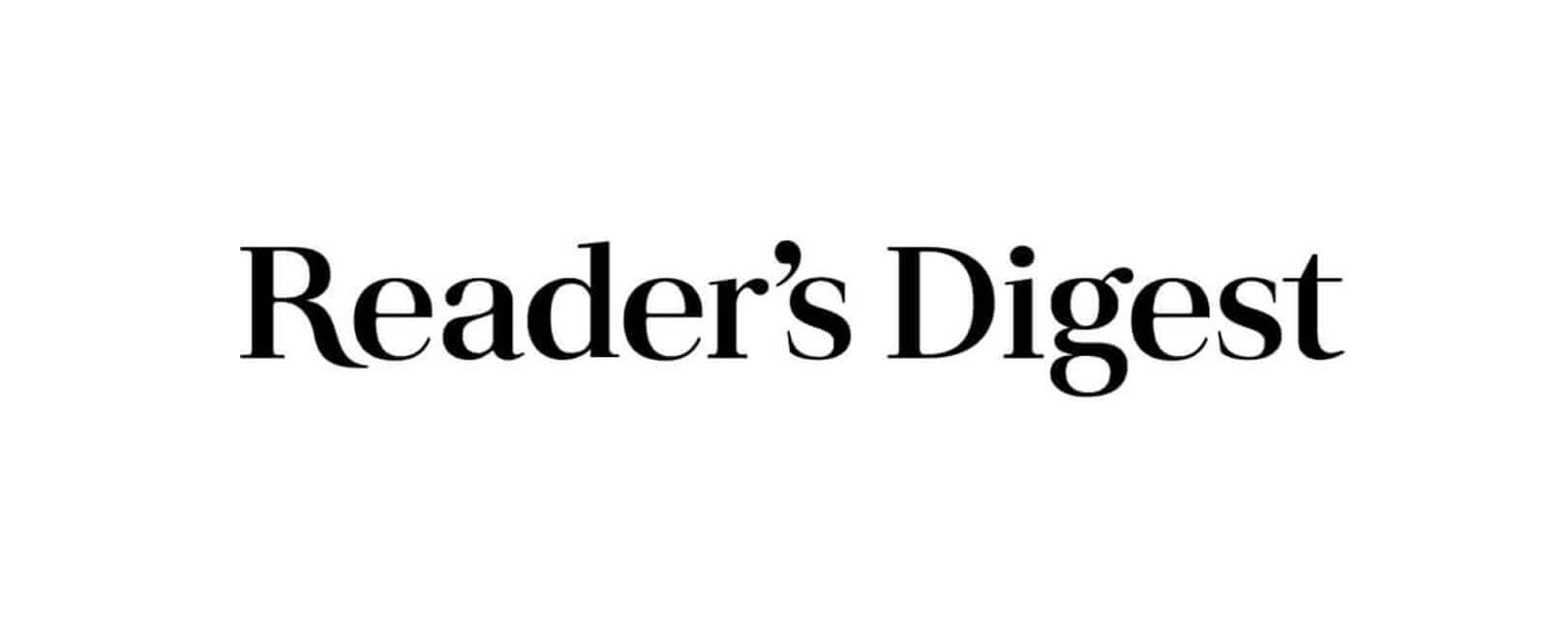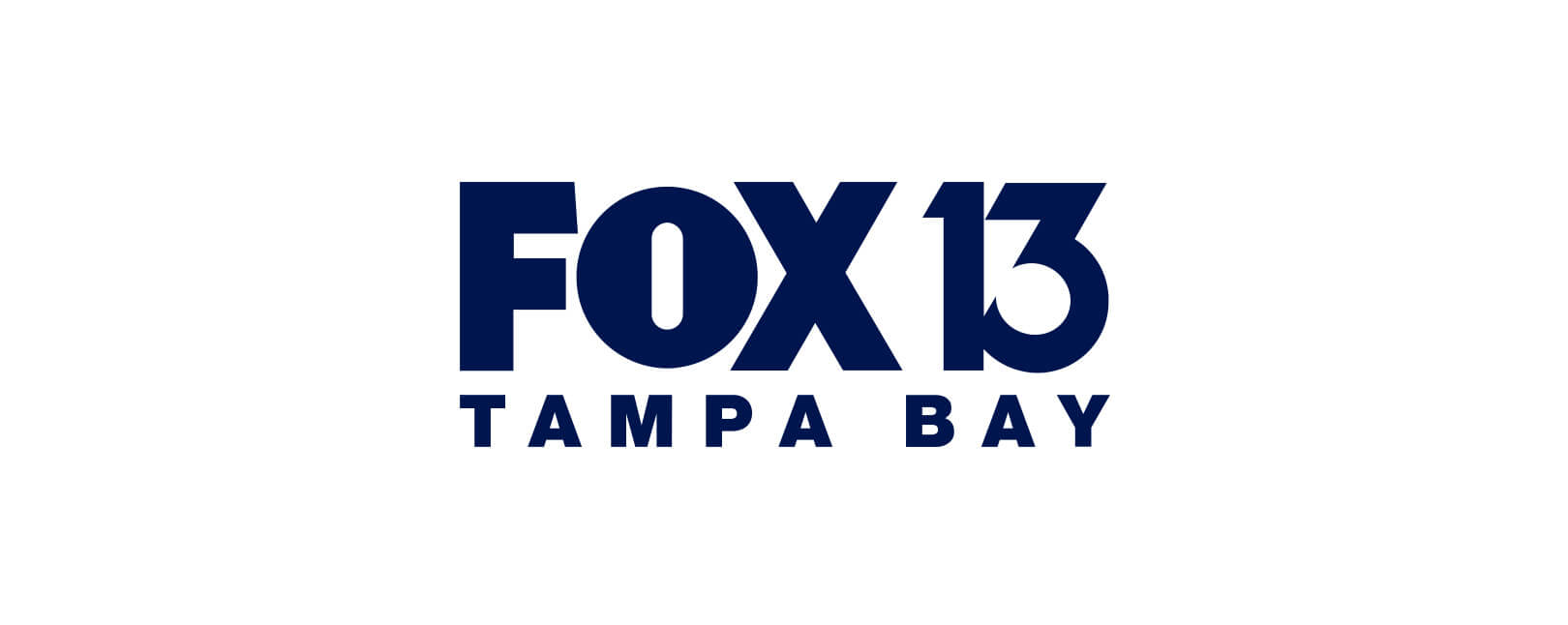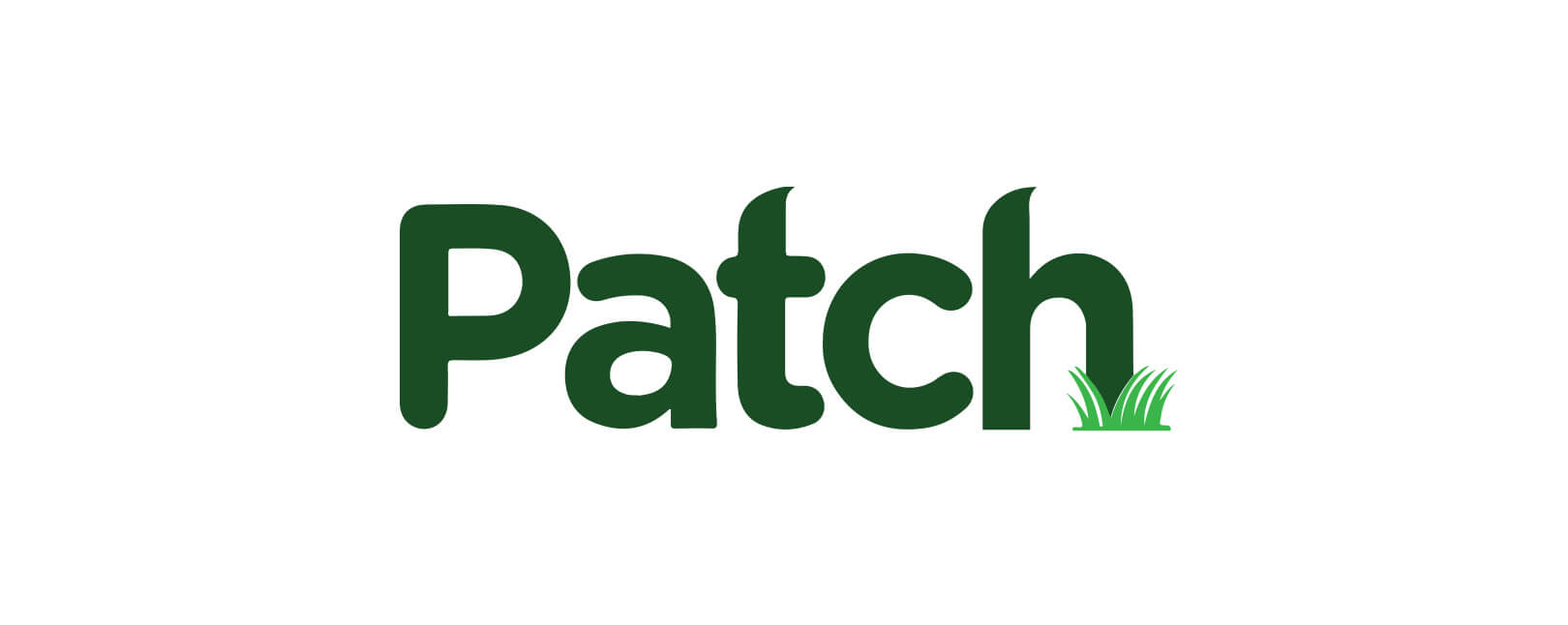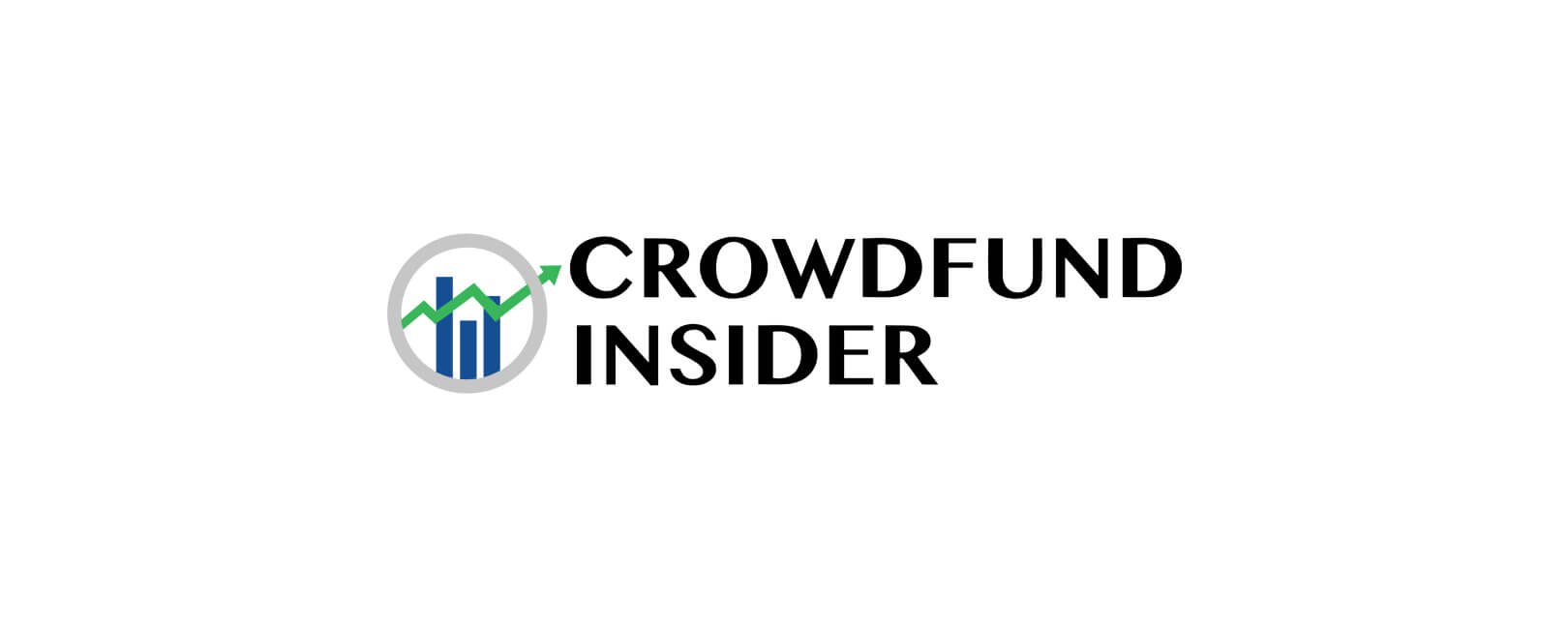Chargebacks911 CEO Monica Eaton recently spoke to Jaime Stathis of Reader’s Digest, sharing her expertise on the top 11 red flags that a shopping site is a scam.
Reader’s Digest is America’s fourth-largest magazine by circulation. After nearly a century in publication, RD stands out more than ever in today’s cultural landscape due to the themes of optimism, faith, heroism, trust, humor, and wellness featured within their pages.
In the piece, Monica cited red flags like suspicious URLs, fake social media ads, and typos or awkward language as just a few examples. “A huge percentage of online scammers come from non-English-speaking countries, so their choice of grammar will sometimes give them away,” Monica says. “For instance, it’s highly unlikely that a billion-dollar, international mega-corporation like Nike would green-light an ad campaign that says ‘Buy Cheap Shoe Now!’ in the header.”
Scammers will also rely on pushing a sense of urgency. As Monica elaborates, the goal is to give you as little time to think as possible, thereby making you less likely to question these red flags.
“Marketers call it FOMO — Fear of Missing Out — and it’s the secret sauce of so many sales scams,” Eaton says, adding that scammers don’t want to give you too much time to mull things over. “Time isn’t on the scammers’ side, because eventually their website will be taken down and they’ll be busted,” Eaton says. “The more time you have to think it over, the less likely you’ll fall for it.”










